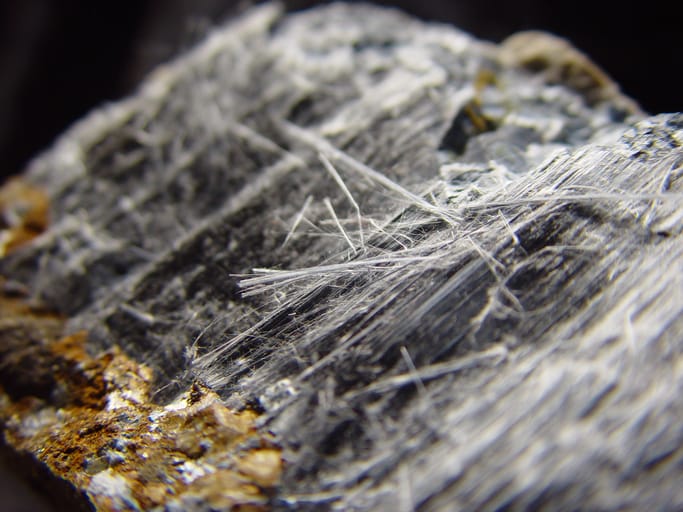Asbestos insulation became very popular in the manufacturing and construction business during the late 19th century due to its resistant qualities. While it was still widely used in several countries around the world, some specific areas including the European Union banned its use in construction completely. One of the reasons for its decline is largely attributed to its hazardous health risks it can cause should its fibres mix with the air that we breathe in. If you think you have your attic insulated with vermiculite please consider to test it on asbestos. Feel free to give a call and book an attic inspection, we can remove all types of insulations including vermiculite. Insulation removal in Toronto and the GTA:
When is asbestos insulation dangerous
Your asbestos insulation will be dangerous when its fragments break away and float in thousands in your household air currents. This is because even in tiny amounts it is normally comprised of thousands of microscopic fibres. Due to their light nature, they adhere to clothing, hair; in fact, every surface can adhere to asbestos fibres. Once it is inhaled, asbestos will not leave the lungs. This is because its fibres get trapped inside and can remain there up to 50 years. Normally, your body will attempt to attack and expel them, and this is when disease-producing conditions are presented. While some will be as a response to foreign particles such asbestosis, others will be carcinogenic and will trigger lung cancer and mesothelioma.
What to do if you have Asbestos insulation
Do not disturb it! This is because any disturbance could have the potential to release the asbestos fibres into the air. In case you have to go into your attic and you are sure it has asbestos insulation, limit the number of trips that you make, also shorten the length of those trips to help you limit your exposure to the substance.
Some of the common dangers of asbestos insulation include:
Cancer
When humans inhale air that has asbestos fibres present, it could lead to several illnesses including lung cancer mesothelioma, which is a specific type of cancer that is associated with the continuous exposure to asbestos. You could also contract asbestosis that is a type of pneumoconiosis. People who are at high risk of prolonged exposure and disease are asbestos insulation plant employees and workers whose job is to handle and install asbestos insulation material.
Asbestos Warts
Your skins may get irritated after prolonged exposure to asbestos fibres that are present in asbestos insulation. Warts are known to form. They will form hard callus-like growths on the skin. Asbestos fibres are microscopic in nature and tend to be needle-like and sharp making it easy for them to get into your skin. A good thing is asbestos warts are not cancerous, and they are relatively harmless. In most cases, they act as a sign of asbestos exposure.
Risks of Developing Pleural Plaques
These are localized scars tor thickened areas of your skin that usually develop in response to exposure to asbestos fibres that are present in the air. In case the asbestos insulation present in an individual’s home is damaged, resulting in increased exposure, you will find an accumulation of the pleural plaques on the inside of the diaphragm or in some rare cases near the individual’s ribcage. However, it takes about 20 years for the exposure of asbestos fibres to appear in the human body. They are normally retractable through the use of an X-ray.
Risks of Developing Asbestosis
This is a medical condition that is normally associated with chronic inflammation of the lungs. It will normally occur after high-intensity or long-term exposure to asbestos fibres that could be present in the air. Just like Pleural Plaques, asbestosis will not develop in a person before 20 years of exposure to asbestos fibres. But when it does, it will considerably lower an individual’s lung volume that may provide life-threatening consequences. In some isolated cases it could lead to heart failure.

